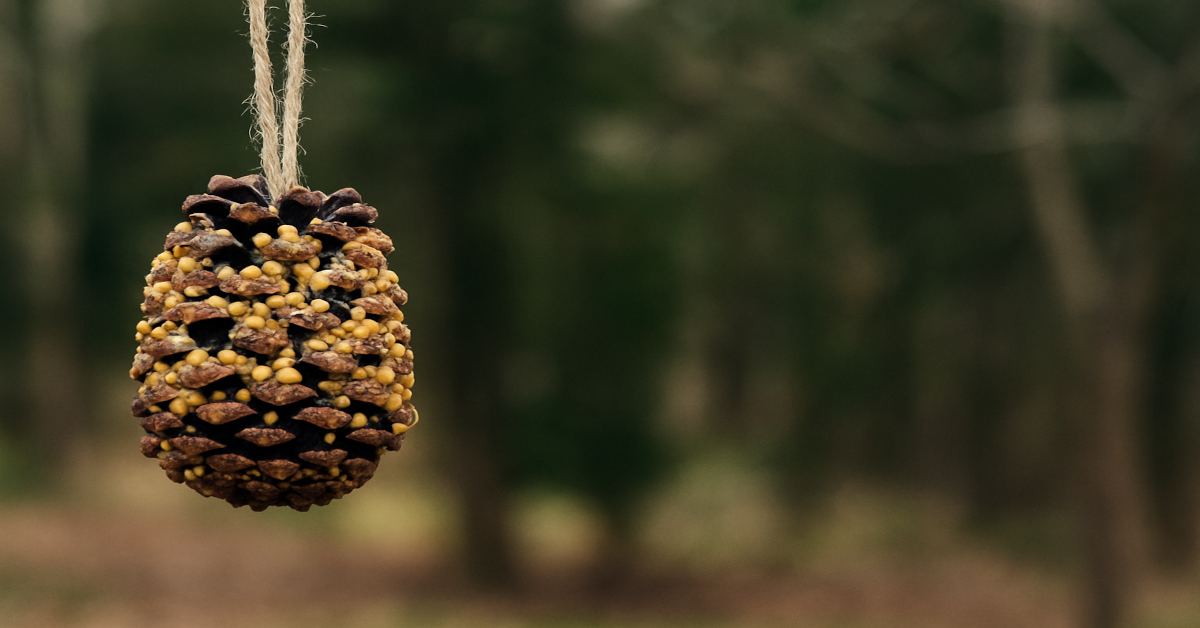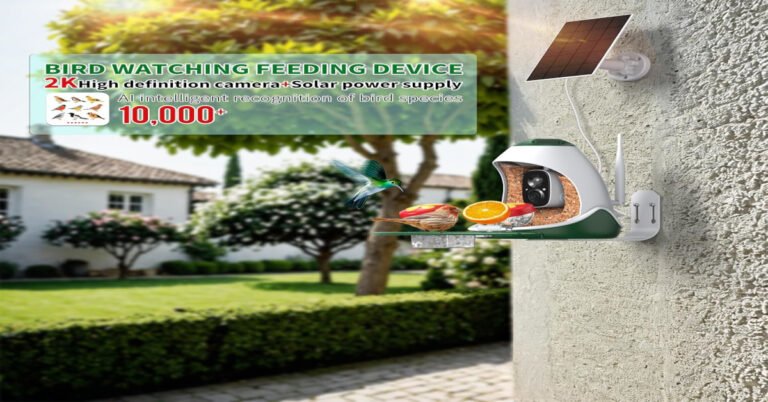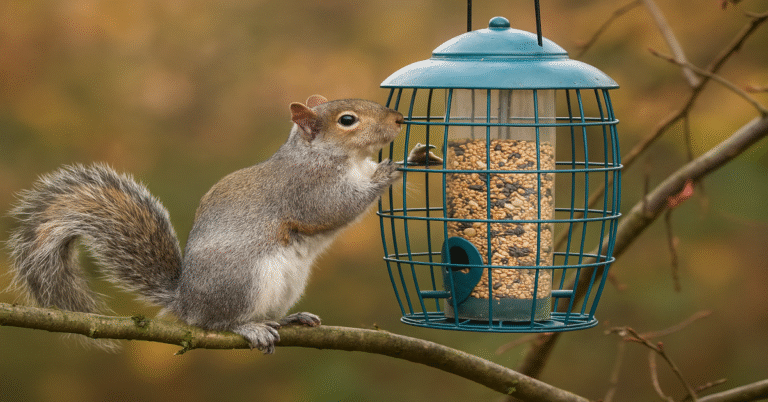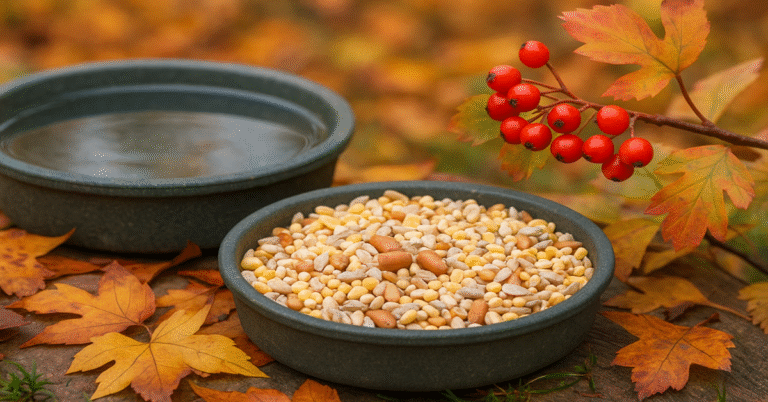Crafting Your Own Bird Haven with Pine Cone Feeders
Pine cone feeders are a delightful way to attract birds while tapping into your creative side. Picture this: colourful feathered friends flitting around your garden, joyfully enjoying the feast you’ve prepared. Have you ever thought about transforming natural elements into a beautiful dining experience for these enchanting creatures? Making a pine cone feeder not only provides nourishment for them but also allows you to connect with nature in a unique and fulfilling way.
The appeal of crafting your own bird feeders is twofold. First, it’s a fantastic way to engage in hands-on activities that can be enjoyed alone or with family. Secondly, these DIY projects contribute to supporting healthy bird populations, particularly those that face challenges in urban environments where traditional feeding grounds are limited. Join the growing trend of creating pine cone feeders that serve a greater purpose while showcasing your creativity!
The Pine Cone Feeder Phenomenon: Why Everyone is Making Them
In recent years, there has been a significant movement towards homemade bird feeders, predominantly featuring pine cones. This eco-friendly craft has captured the hearts of many, providing a simple yet effective way to support local bird populations. Pine cone feeders have become a charming addition to gardens, making it easier for much-needed sustenance to be available during harsh conditions, especially in the winter months when food sources become scarce.
As the statistics on bird population decline paint a worrying picture, crafting your own feeders presents an opportunity to make a real difference. With many bird species struggling to find adequate nutrition, every effort helps. In urban settings, these feeders serve not only as a valuable food source but also as a means to encourage biodiversity within our communities. By creating a pine cone feeder, you are helping to safeguard these beautiful creatures while enjoying the whimsical presence they bring to your daily life.
Step-by-Step Guide: How to Make a Pine Cone Feeder
Embracing your crafty spirit and making a pine cone feeder is simpler than you might think. With just a few materials and a bit of creativity, you’ll have a delightful addition to your yard that attracts birds of all kinds. Before proceeding to the three simple steps, ensure you have gathered all necessary materials for an enjoyable crafting experience.
Materials Needed for Your Pine Cone Feeder:
- Pine cones
- Peanut butter (smooth or chunky)
- Birdseed (any mix will do)
- String or twine
- Scissors
When selecting your pine cone, opt for those that are fully opened, indicating they’re ready to capture flavour. If necessary, give them a quick rinse to remove dust and debris, setting the stage for a perfect feast.
Create Your Pine Cone Feeder in 3 Simple Steps
Step One: Apply the Peanut Butter
Start by generously coating the pine cone in peanut butter, making sure to cover all the nooks and crannies. Not only does this create a delicious layer for the birds to savour, but peanut butter is also packed with essential nutrients. Birds benefit from high-fat foods, especially during colder months, so this step is critical for providing a nourishing treat.
Step Two: Sprinkle the Birdseed
Once your pine cone is thoroughly slathered with peanut butter, the next step is to roll it in birdseed. This will ensure that the seeds stick well and create a tempting meal for the birds. For added variety, consider incorporating dried fruits or nuts to attract specific bird species.
Step Three: Hang and Enjoy!
To finish off your pine cone feeder, tie a length of string or twine to the top of the cone securely. Be mindful of where you hang it; choose a location that is visible to birds while ensuring it’s safe from potential predators. High branches of trees or hooks in covered areas work beautifully. As you watch your creation come to life, enjoy the wonderful interactions with our feathered friends.
Enhancing Your Pine Cone Feeder Project
Once you’ve successfully made your pine cone feeder, consider adding your personal touch! Painting the pine cones can give them a fun, aesthetic appearance that brightens up your garden. Remember to use bird-safe, non-toxic paints to keep your feathered friends safe. Additionally, feel free to combine your pine cone feeder with other natural materials like twigs or dried fruits to create a playful and eye-catching display.
If your crafting skills shine, why not create several feeders? Hang them in different areas of your garden to attract a wider variety of birds and create a captivating scene that delights all who see it. Your creativity can help foster a haven for nature, transforming your outdoor space into a delightful retreat for birds and bird watchers alike.
Practical Tips for Bird Feeding Success
Maintaining Your Pine Cone Feeder
To ensure ongoing success in attracting birds, proper maintenance of your pine cone feeder is key. Regularly check the feeder for cleanliness, giving it a gentle wash to prevent the buildup of mould and bacteria. This keeps the feeding experience wholesome for our feathered guests, protecting them from illness.
Common Mistakes to Avoid
- Using unsafe materials: Be cautious when selecting paints and glues, as certain products can be toxic to birds.
- Placement errors: Avoid placing feeders too close to high-traffic areas where birds might feel threatened or unsafe.
- Seasonal negligence: Remember that bird feeding needs change during migration. Adjust your offerings accordingly to meet the diverse needs of visiting birds.
Reflect, Dive Deeper: The Broad Implications of Homemade Bird Feeders
In conclusion, creating a pine cone feeder is not just about providing food for our avian friends; it’s an opportunity to celebrate nature while contributing to ecological balance. These simple projects encourage a love for wildlife and highlight the importance of nurturing our environment.
We encourage you to share your experiences, photos, and any unique twists you’ve added to your pine cone feeders. Let’s spread the joy of bird feeding and inspire others to create their own garden havens!
Continue exploring creative DIY projects that support wildlife; every little effort counts in preserving the beauty of nature in our backyards!




